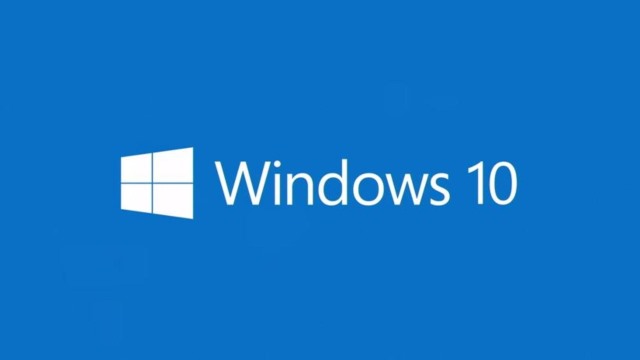Windows 10 will get free upgrades only in the first 2 to 4 years

Microsoft has not been exactly clear on how long Windows 10 users will receive free upgrades, saying only that its upcoming operating system will be kept "current for the supported lifetime of the device -- at no additional charge". However, since the "supported lifetime of the device" has not been defined, consumers are still left wondering what it could mean with just a couple of weeks to go before Windows 10's official debut.
You can see many threads (like this one) on Microsoft's Answers forums asking for clarification on what the supported lifetime of the device actually means, but not even MVPs seem to have a definitive answer yet, offering their own estimates in response. However, a PowerPoint presentation buried on Microsoft's site finally sheds some light on the matter.
It is strange that the presentation -- spotted by Gregg Kaizer of Computerworld was uploaded on June 26, and Microsoft has not said anything about this so far. Perhaps the company wants to keep consumers in the dark for a while longer.
Here is the bit that we are interested in:
Revenue allocated is deferred and recognized on a straight-line basis over the estimated period the software upgrades are expected to be provided by estimated device life, which can range from two to four years.
Two to four years seems like a reasonable time-frame to provide free upgrades in this day and age, more so if Microsoft releases a newer version of Windows that resets this time-frame in the first two to four years of Windows 10's release. To give you an actual example, Windows Phone 8.1, which arrived as a free upgrade to Windows Phone 8, has introduced its own support lifecycle, extending the life of the supported devices as a result, before its predecessor's support lifecycle reached its own expiration date. Microsoft could pull the same trick with Windows 10.
There is something else to be said here. According to the same presentation, "Estimated device lives are primarily determined by customer type". While, again, things are not exactly clear, it could mean that consumers get a shorter support lifecycle than business users, which would make sense given that the latter crowd wants stability and reliability over cutting-edge technology.
The supported lifetime of the device could also be linked to the warranty of a Windows 10 device, but given that there are too many variables here -- standard warranties depend on market, and there are also extended warranties to consider -- I do not expect the two to overlap, at least not on purpose.
